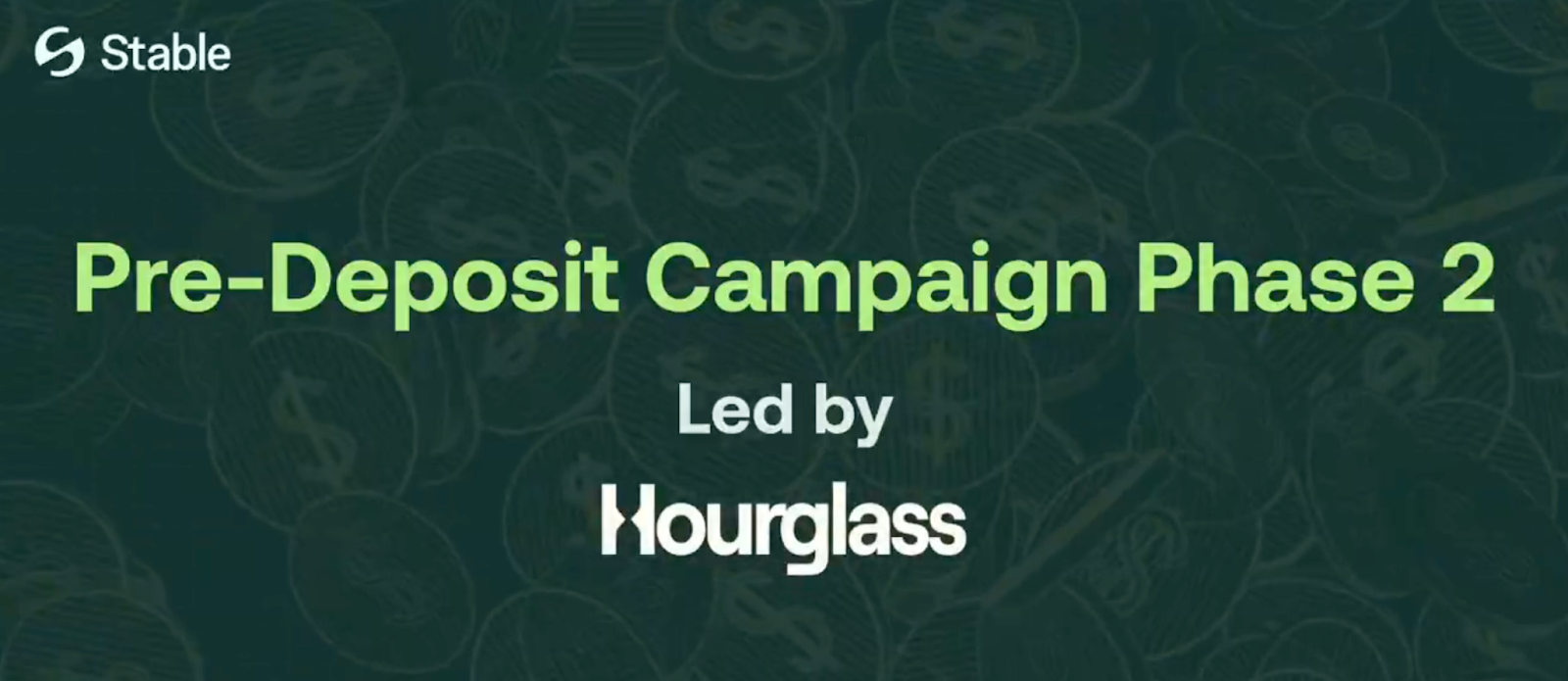From Stablecoins to Sovereign Chains: How Stable Is Building the Infrastructure Era of USDT
Preface
Over the past decade, stablecoins have become the foundation of liquidity in the cryptocurrency market. From DeFi collateral pools to cross-border settlements, USDT is virtually everywhere. By 2025, Stable—a Layer 1 blockchain purpose-built for stablecoin transactions and payments and jointly launched by Tether and Bitfinex—will emerge. Its launch is not just a technological achievement but a strategic move in the race for digital dollar sovereignty.
A Layer 1 Purpose-Built for Stablecoins

(Source: stable)
Unlike Ethereum, which aims for broad utility, or Celestia’s modular architecture, Stable is designed with a singular mission: supporting stablecoin circulation and settlement. If Ethereum is an open multi-lane highway, Stable is a dedicated high-speed rail for financial transactions. It is built by Tether to move stablecoin value exclusively. This focused approach drives exceptional speed, reliability, and cost efficiency.
StableBFT: Performance-Optimized Consensus Layer
Stable introduces the StableBFT consensus mechanism, which combines Byzantine fault tolerance with high throughput and is fully compatible with the Ethereum Virtual Machine (EVM). Developers can migrate existing Ethereum DApps to Stable without rewriting code, enjoying lower fees and faster transaction confirmations seamlessly.
On its testnet, Stable achieves average transaction confirmation times of just 350 milliseconds and a TPS (transactions per second) capacity of up to 10,000—placing it among the world’s fastest public blockchains. This near-instant settlement speed is a game-changer for financial services and cross-border payments.
A Revolutionary, Frictionless Design
Stable’s breakthrough innovation is using USDT as the native token for transaction fees. Traditional blockchains require users to hold extra native coins (like ETH or TRX) for transaction fees, creating friction for payments. Stable streamlines the process by unifying transaction fee and transactional currency, allowing network fees to be paid in USDT, and enabling peer-to-peer transfers at no cost to the user.
This design lowers barriers to entry and restores the core value of stablecoins—stable, predictable, and suitable for daily payments. Transaction fees can be as low as $0.001, making Stable’s user experience comparable to traditional financial infrastructure.
Web3’s Instant Settlement Layer
Stable is positioned as more than just a crypto transfer chain. Its goal is to build the next-generation global payments and settlement layer. Driven by high-performance consensus and low-latency architecture, users can transfer funds in milliseconds, enabling cross-border settlement, enterprise clearing, and even in-app Web3 payments at dramatically reduced costs. Stable’s technical edge delivers Web2-level user experience with Web3-grade trust, bridging the gap between usability and decentralized infrastructure.
Cross-Chain Integration and Enterprise Features
Tether is committed to ensuring Stable is not an isolated chain. Through integration with LayerZero, USDT will move freely across multiple blockchains, enabling true cross-chain interoperability. Stable also offers institutional-grade modules, including:
- Reserved Block Space to guarantee availability for enterprise use
- Batch Transaction Processing
- Private Transfer Mode
These features address the real needs of banks, payment providers, and major financial institutions. PayPal Ventures has already invested in Stable and plans to integrate its PYUSD stablecoin, supporting Stable’s development as a global stablecoin settlement layer.
Strategic Differentiation from TRON
Currently, over half of global USDT volume flows through the TRON network, meaning Tether doesn’t fully control transaction fees or network governance. Stable’s launch is a direct effort to reclaim that sovereignty.
Unlike TRON, which uses TRX to pay gas fees, Stable settles fees in USDT, with all transaction revenue returning to the Tether ecosystem. For high-frequency trading and payments, Stable is more closely aligned with user behavior and transaction logic.
Pre-Deposit Event and Ecosystem Launch

(Source: stable)
The Stable team announced that phase two of its pre-deposit event will launch on November 6 (UTC), with a total cap of $500 million, open only to KYC-verified users. Users deposit USDC, and Stable converts it into native USDT to support initial liquidity. This event launches the technology and encourages institutional capital investment in new financial infrastructure.
For more information about Web3, please visit: https://www.gate.com/
Conclusion
Stable’s launch marks a pivotal shift: stablecoins now have their own sovereign layer rather than relying on external infrastructure. For users, this means faster, cheaper, and more reliable payments. For Tether, it means restoration of control, revenue, and ecosystem value. As the crypto market enters a stablecoin-led era, Stable is more than a public chain—it is the beginning of true sovereignty for the USDT economy.
Related Articles

Pi Coin Transaction Guide: How to Transfer to Gate.io

Flare Crypto Explained: What Is Flare Network and Why It Matters in 2025

How to Use a Crypto Whale Tracker: Top Tool Recommendation for 2025 to Follow Whale Moves

What is N2: An AI-Driven Layer 2 Solution

Understand Baby doge coin in one article
